At the core of this project is an inquiry into how people could collaborate on complex concepts via new communication media, i.e. social media comment threads. Specifically, we focused on dialectics, an argumentation method aiming at an agreed "truth" collectively. We attempted to create a clear and simple hierarchy to smoothen out dialectics online - one intuitive way to visualize existing knowledge, to question and break apart the argument together, and to weed out contradictions.
Team Member: Alex Lucena
Duration: Mar 2015 - May 2015, 6 weeks
Research Methodology: Literature Review, Survey, Social Media Study, Card Sorting, Contextual Inquiry, Argumentation Mapping
Project Type: Course Final Project
Preliminary Study
Before we set the scope for this project, we analyzed several typical media of online dialectics: SNS functions of comments/shares, instant messages, emails, blogs and online publications. From SNS to emails to publications, the professionality gradually increased while the privacy decreases, and the timeliness varies. We decided to work on SNS dialectics because while people were becoming comfortable with such fast, simple, casual methods bringing up conversations, new conventions were not adapted as rapidly.
Media where online arguments exist & comparison on five dimensions
We dipped our toe into SNS arguments by exploring existing research. There had already been studies on the evolution of online topics (Honey & Herring, 2009), as well as attempts to visualize the trend. We followed previous researchers (Davies, 2011; Shum, 2008) to utilize argumentation mapping to reorganize online conversation hierarchically. However, after we conducted a survey about everyday dialectics among college students, we noticed that a traditional argument map might not work, since the re-organization would be rather unnatural and would lose the fun of argumentation.

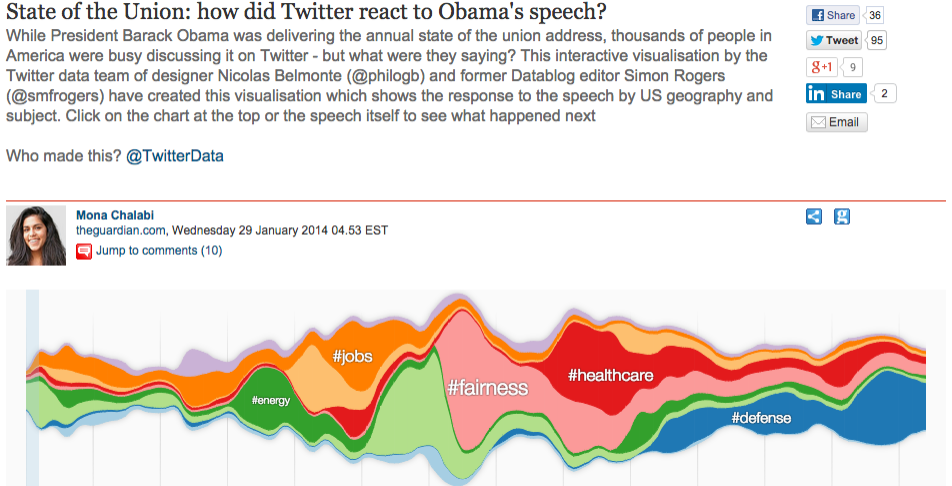
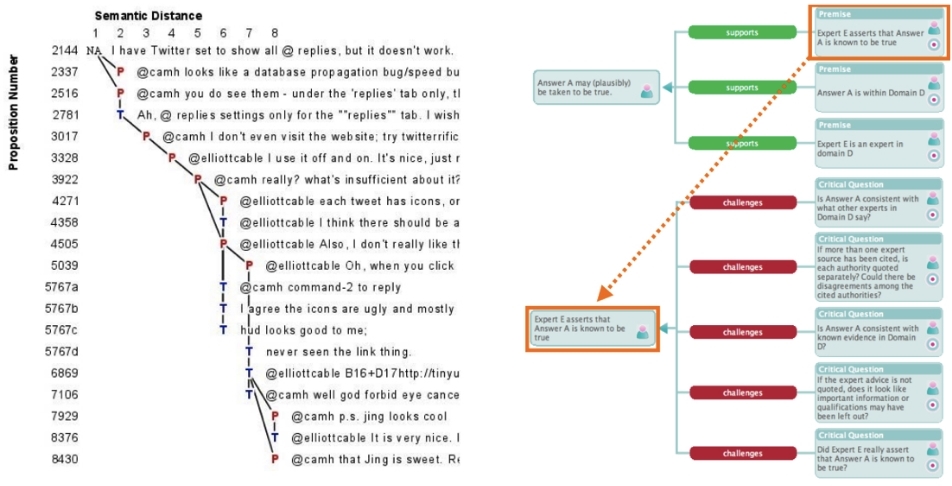
Based on the preliminary study, we decided to tag/mark online discussion with a specific element of textual conversation, one that could make argumentation both meaningful and fun: online "facial expressions". As suggested by previous research, emojis and emoticons resembled actual facial expressions for their function of offering contextual social feedback (Derks et al., 2008). They could contribute to online conversation rather than mere compensatory to language (Jibril & Abdullah, 2013). However, after another round of survey, we found that interpretation of the most popular emoticons were not coherent even among big fans of emoticons. Hence, we moved on to focus on the emoji usage during online discussion.
Explorative Research & Design
To understand how people make sense of emojis, we invited participants to complete a card sorting task: to pick out and categorize emojis representing attitudes. Participants also ranked emojis within each category according to the strength of attitude they expressed. We noticed that people from different cultures had divergent habits of emoji usage, so we purposely invited participants with diverse background and attempted to pick out emojis used across cultures. For those from Eastern cultures (e.g. China and India), people avoided strongest negative emojis, while participants from Western cultures might be more open to express disagreement.
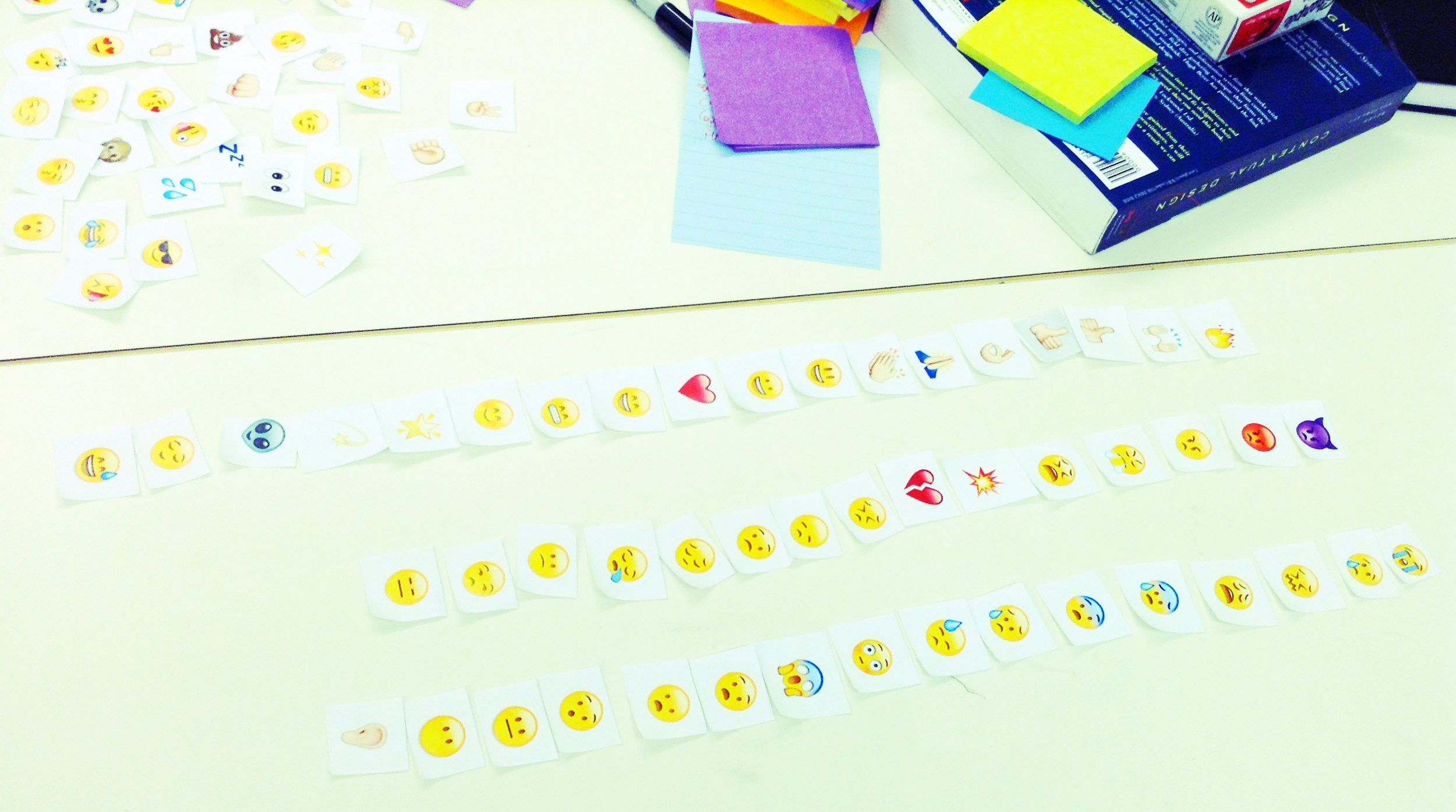
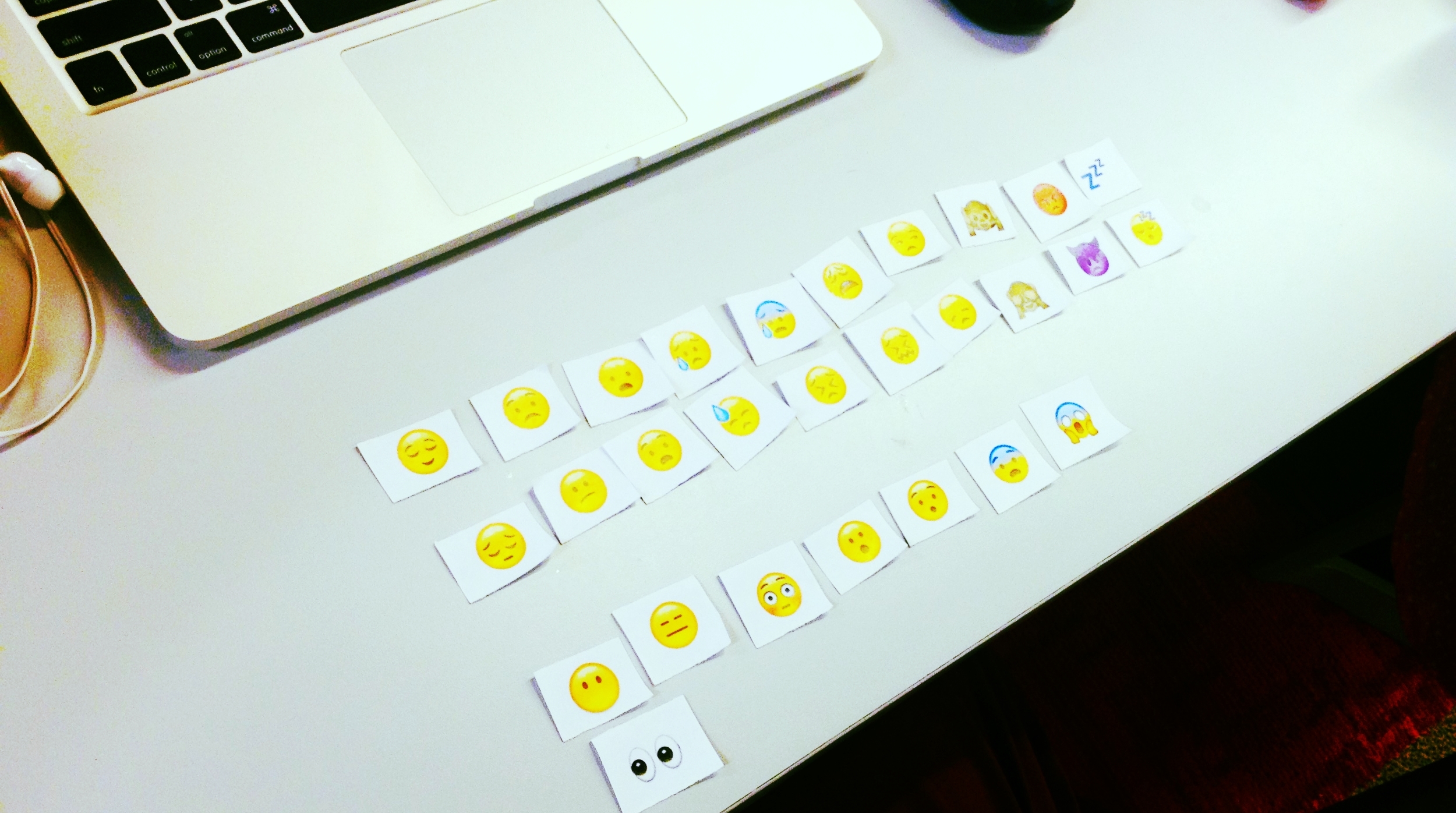
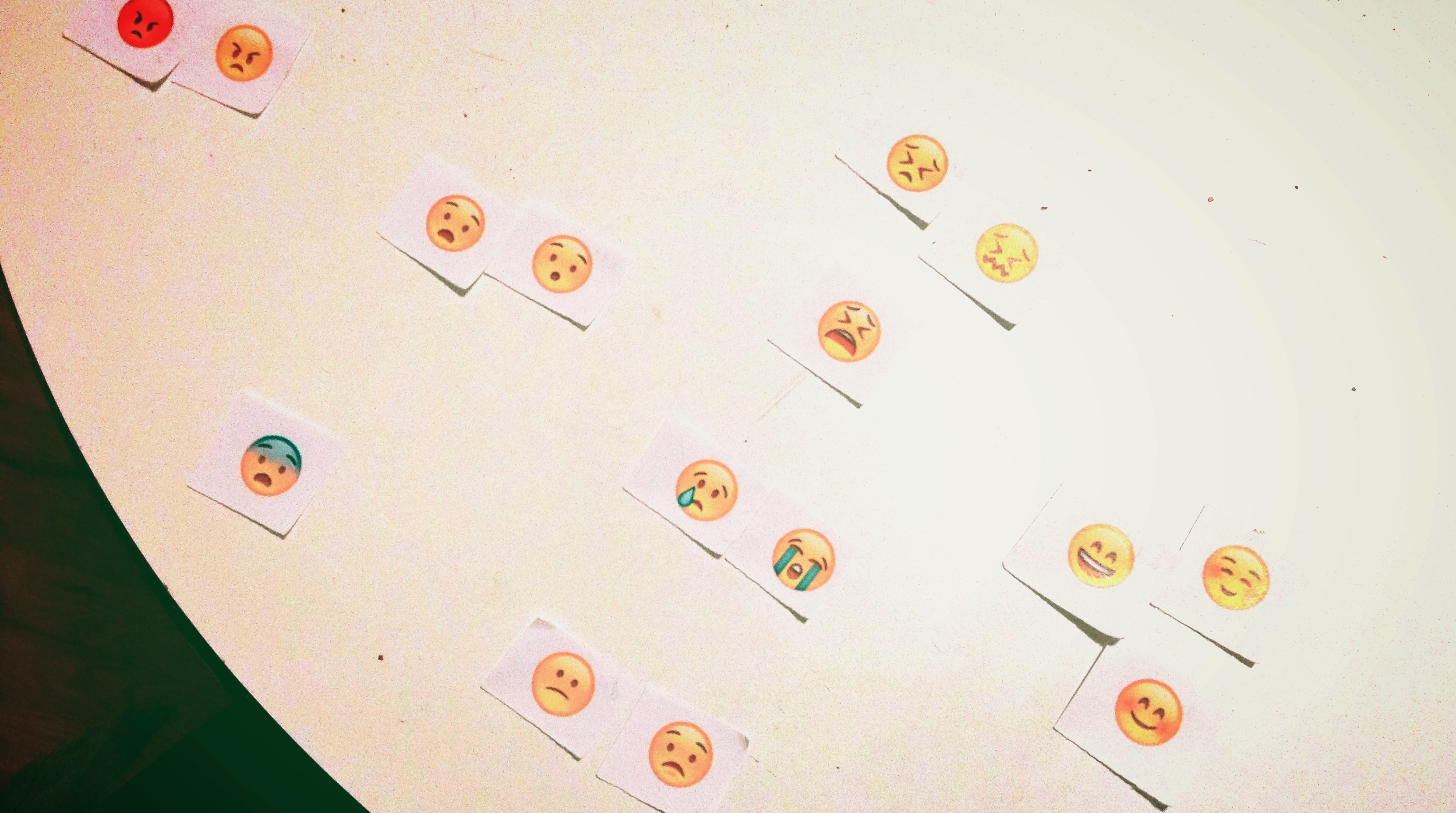
According to the card sorting task, to use emojis to demonstrate attitudes might be kind of "fuzzy" as emojis were designed to express emotions rather than attitudes. While everybody failed to recognize all the common emoticons in the emoticon survey, participants of the card sorting task were "sure about when to use them(emojis) as a conversation goes on, but not able synthesize the meaning in words exactly". However, participants intuitively chose happy emojis to represent "agreement", used angry or sad emojis for "disagreement", and surprise/fear was matched with "questioning or skeptical". People were able to interpret attitudes behind emojis, although not so explicitly. We also conducted contextual inquiry studies to analyze emojis used in online discussions under Western/Eastern cultures, and the results verified our discoveries above.
Online discussions under Western/Eastern cultures
With these new insights in mind, we designed a more engaging solution based on existing conversation tagging systems. We used emojis tags to replace labels of traditional argumentation maps, and focused on exposing the structure and flow of the conversation with a branching cluster diagram. To highlight the attitudes, we colored each node in the cluster diagram to represent the level of agreement, disagreement and confusion. At first we used a gradient from green, to yellow, to red, to represent agreement, confusion, disagreement. It made for a very appealing diagram, as the hue change from one end of the spectrum to the other would be smooth. However, we did not want to imply that support or refusal of an idea were opposite poles of a one-dimentional relationship, nor did we want to imply a vaguely moral quality to the gradient, nor did we want confusion to be portrayed as a neutral standpoint. Hence, we swapped to different saturations of red and blue. We implemented our design into a prototype, and used it to demonstrate how people's opinions evolved during online dialectics.
Dialectics flow: conversations in English / in Chinese
Wishlist Functions
We designed more features than those we had time to implement. Could we complete the whole system, it would also have features below alongside with the core function we demonstrated in the prototype:
- Represent semantic relationships between posts in the cluster view, connecting posts that speak to the same topics or use the same approach;
- Group branches dedicated to the same topic;
- Fluid swap back and forth between the post time-line to the cluster view by allowing the user to click on a node to jump to that point in the conversation.
Emotion is easy for our brain to process. It can be understood unconsciously since it is processed pretty fast and automatically. Taking advantage of emotional icons would make complicated, multi-partied discussions more digestible. In all, we are happy that what we came up with built a strong foundation for many possibilities.
References
1 Davies, M. (2011). Concept mapping, mind mapping and argument mapping: what are the differences and do they matter?. Higher education, 62(3), 279-301.
2 Derks, D., Bos, A.E., & Von Grumbkow, J. (2008). Emoticons in computer-mediated communication: Social motives and social context. Cyber Psychology & Behavior, 11(1), 99-101.
3 Honey, C., & Herring, S. C. (2009, January). Beyond microblogging: Conversation and collaboration via Twitter. In System Sciences, 2009. HICSS'09. 42nd Hawaii International Conference on (pp. 1-10). IEEE.
4 Jibril, T. A., & Abdullah, M. H. (2013). Relevance of emoticons in computer-mediated communication contexts: An overview. Asian Social Science, 9(4), p201.
5 Shum, S. B. (2008). Cohere: Towards web 2.0 argumentation. COMMA, 8, 97-108.






